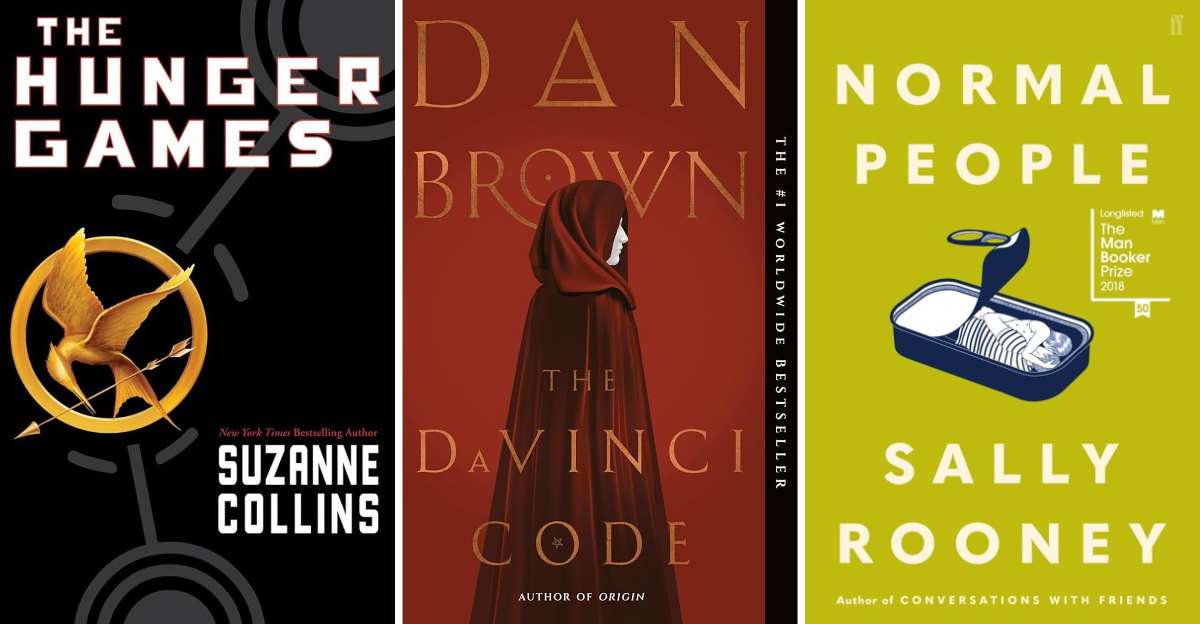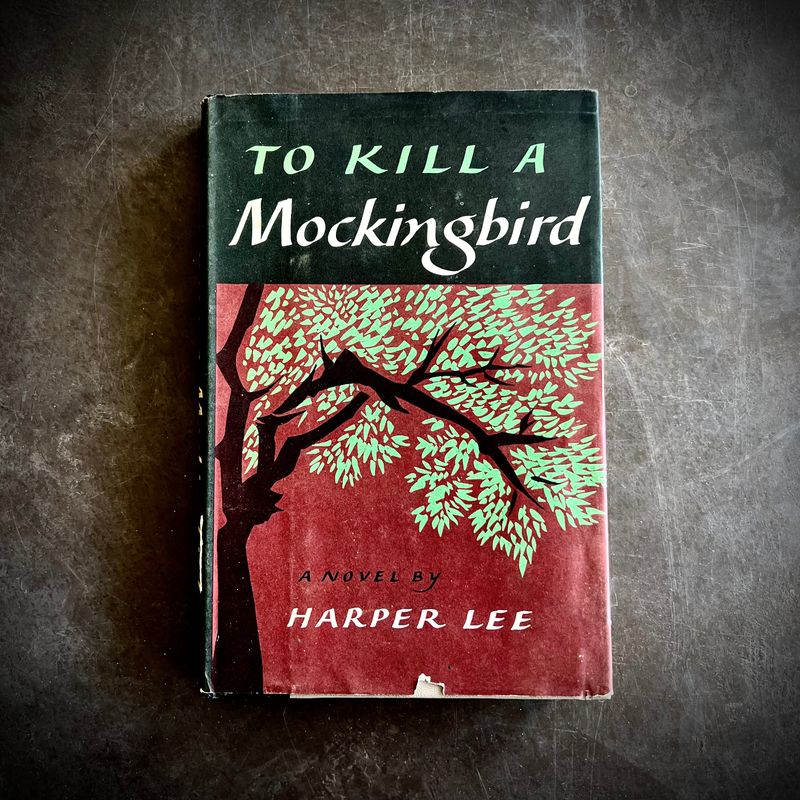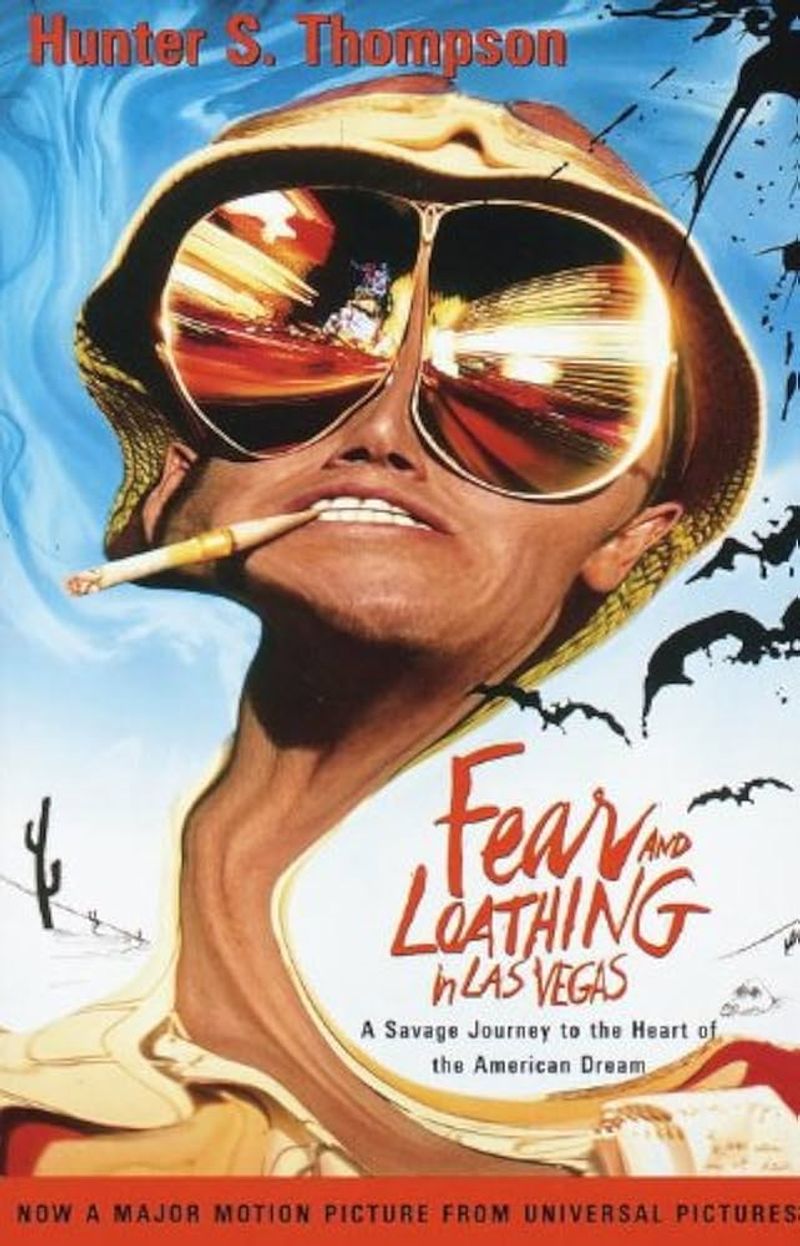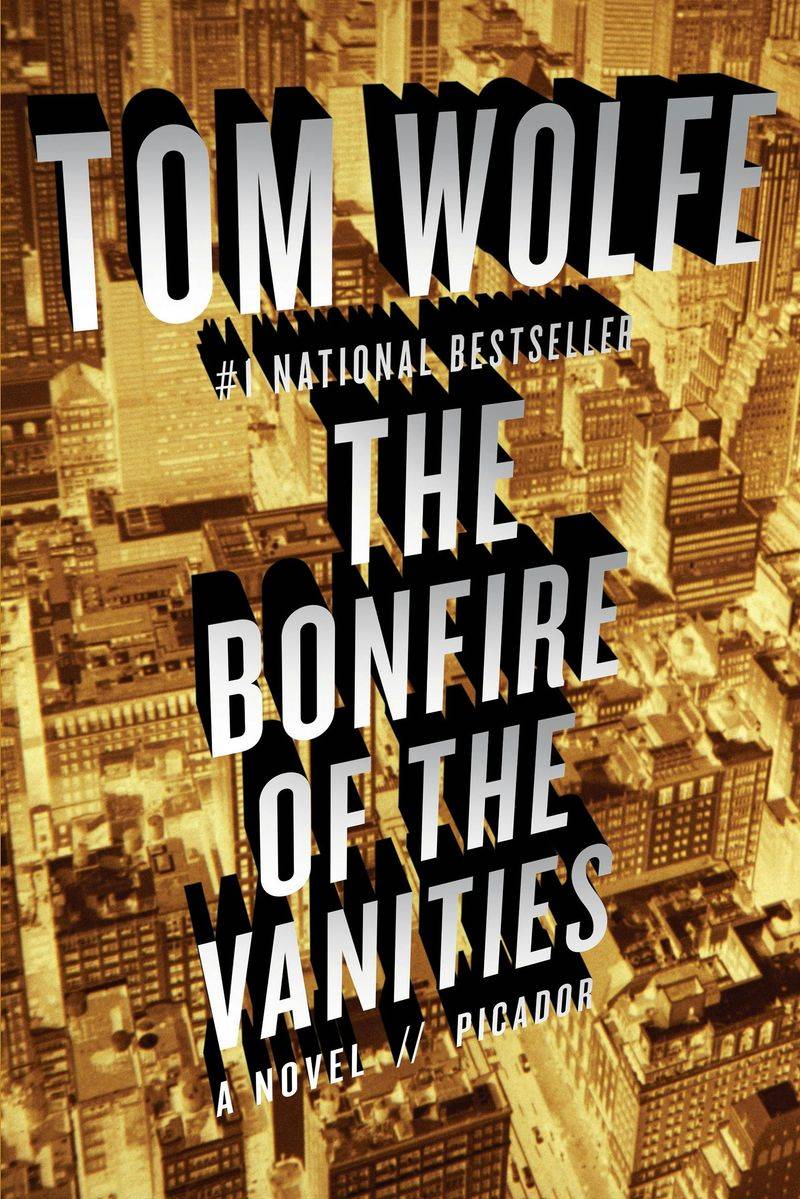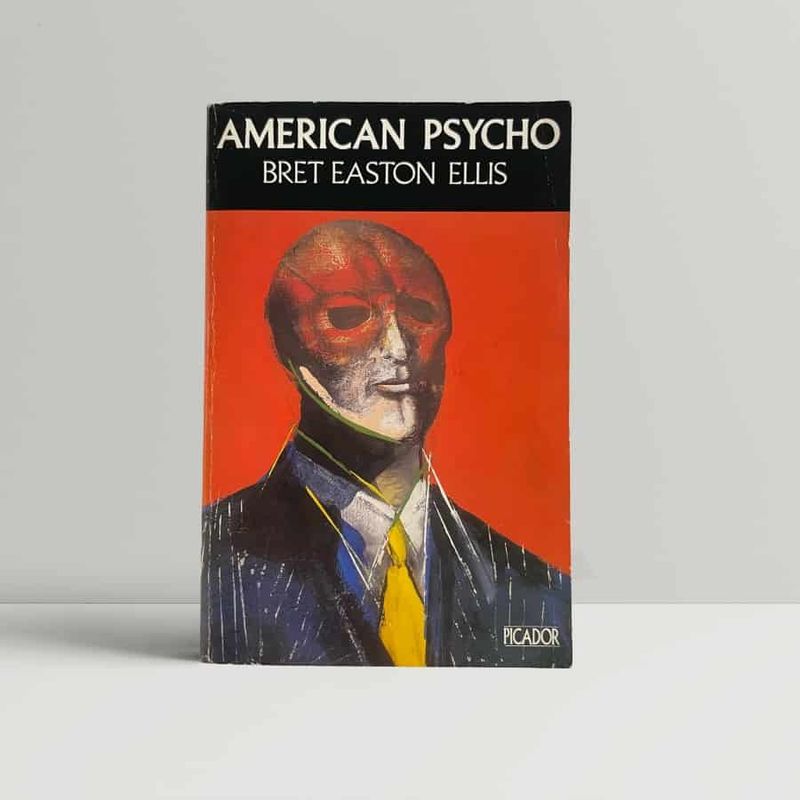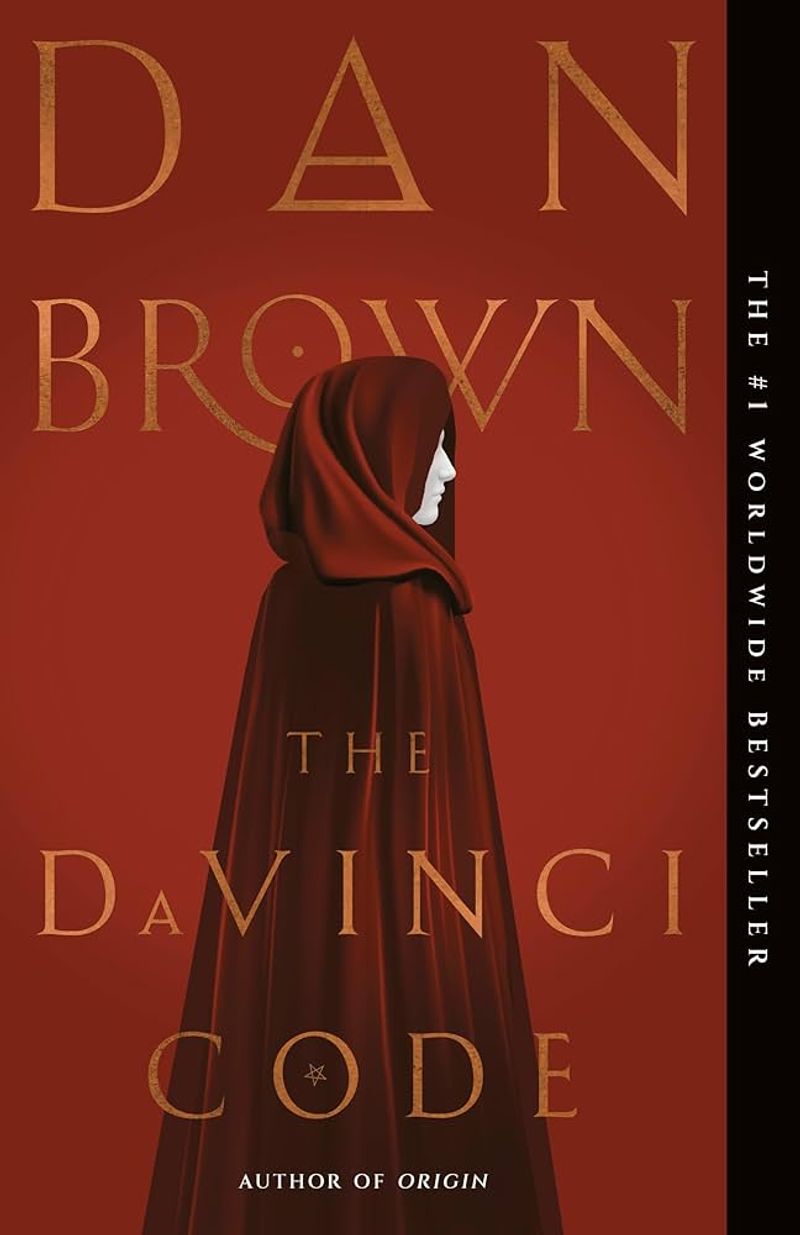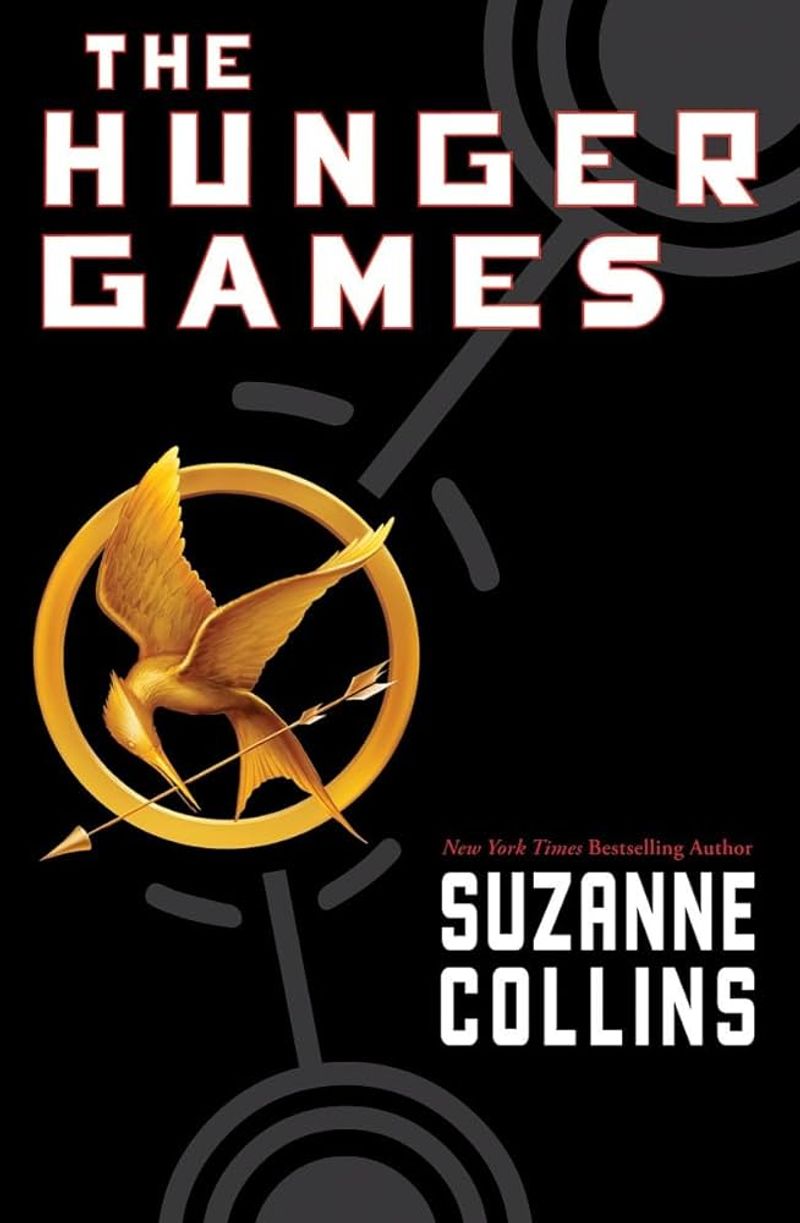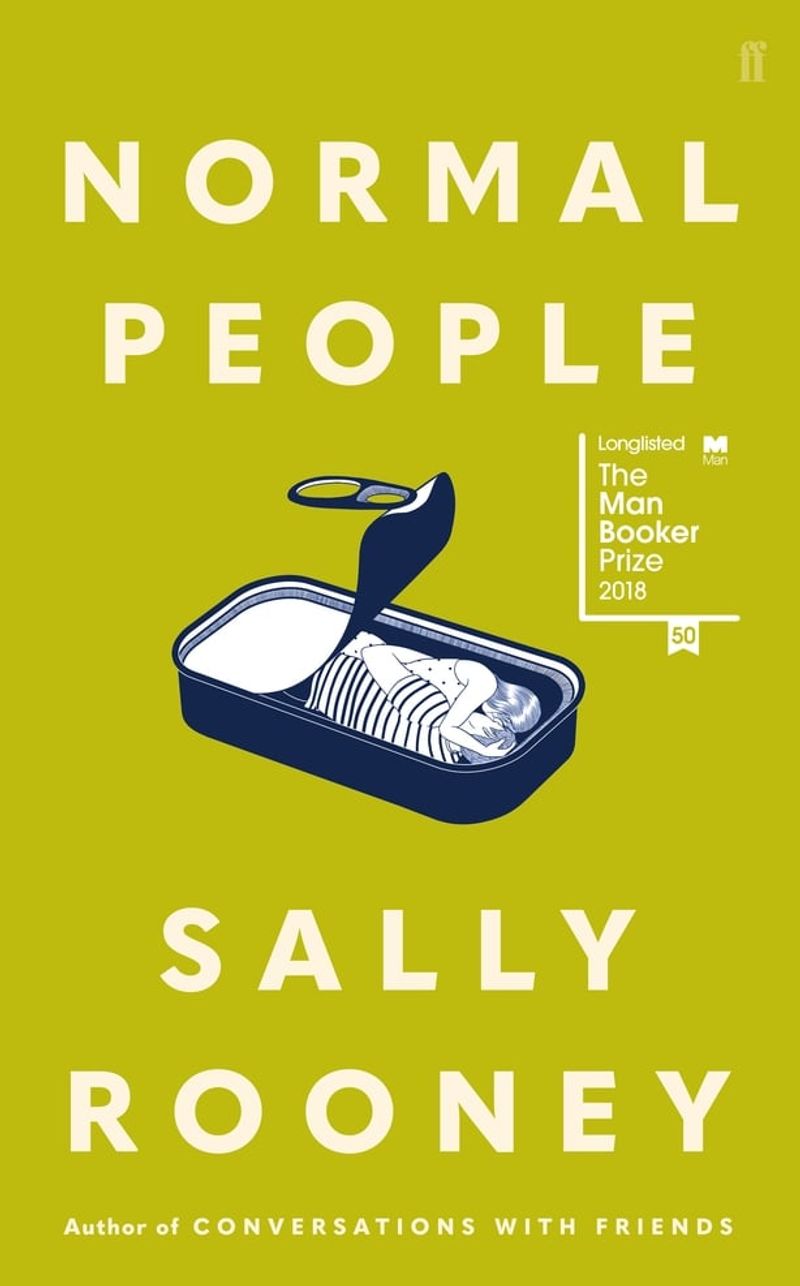Explore the literary landscape by delving into one book that encapsulates the essence of each decade from the 1960s to today.
These seven books not only mirror the cultural and social zeitgeist of their times but also provide insights into the changing narratives and priorities of each era.
Each selection offers a window into the themes, issues, and stories that resonated with readers, reflecting the spirit and challenges of their time.
1. To Kill a Mockingbird – 1960s
In the 1960s, ‘To Kill a Mockingbird’ emerged as a profound commentary on racial injustice in the American South. Set against the backdrop of a small town, Harper Lee’s novel follows Atticus Finch, a lawyer, as he defends a black man accused of a crime he didn’t commit. The narrative explores themes of empathy, morality, and the loss of innocence, reflecting the social upheavals of the time.
2. Fear and Loathing in Las Vegas – 1970s
Hunter S. Thompson’s ‘Fear and Loathing in Las Vegas’ captures the wild, chaotic spirit of the 1970s. Known for its raw and unfiltered narrative, the book follows Raoul Duke and his lawyer Dr. Gonzo on a drug-fueled journey through Las Vegas. Its vivid prose and exploration of the American Dream’s disillusionment offer a snapshot of a decade marked by social change and counterculture ideals.
3. The Bonfire of the Vanities – 1980s
Tom Wolfe’s ‘The Bonfire of the Vanities’ is a satirical exploration of greed and excess in 1980s New York. The novel follows Sherman McCoy, a bond trader, whose life spirals out of control after a car accident. With its vivid depiction of Wall Street’s opulence and moral decay, Wolfe critiques the superficiality and materialism that defined the era, offering a sharp commentary on power and privilege.
4. American Psycho – 1990s
Bret Easton Ellis’s ‘American Psycho’ offers a chilling glimpse into the mind of Patrick Bateman, a Wall Street executive with a penchant for violent fantasies. Set in the 1990s, the novel dissects the decade’s consumerist culture and moral emptiness. Through Bateman’s unsettling narrative, Ellis critiques the superficiality and excess of the era, presenting a provocative and haunting reflection of its darker undercurrents.
5. The Da Vinci Code – 2000s
Dan Brown’s ‘The Da Vinci Code’ took the 2000s by storm, intertwining art, history, and mystery. The novel follows symbologist Robert Langdon as he unravels secrets hidden within famous artworks. Its fast-paced narrative and intricate puzzles captured the imagination, offering readers a thrilling blend of fact and fiction. This bestseller reflects an era fascinated by conspiracy theories and the interplay between science and religion.
6. The Hunger Games – 2010s
Suzanne Collins’s ‘The Hunger Games’ became a cultural phenomenon in the 2010s, set in a dystopian future where children fight to the death for entertainment. The novel follows Katniss Everdeen, who becomes a symbol of resistance against oppressive regimes. Its themes of survival, media influence, and social inequality resonated with readers, reflecting concerns of the era and sparking conversations about power and rebellion.
7. Normal People – 2020s
Sally Rooney’s ‘Normal People’ captures the nuanced relationship between Marianne and Connell, two young adults navigating love and identity in modern Ireland. Set in the 2020s, the novel reveals the complexities of communication and emotional connection in an age of digital intimacy. Rooney’s exploration of class differences and personal growth paints a poignant picture of young adulthood, resonating deeply with a generation seeking understanding and authenticity.
